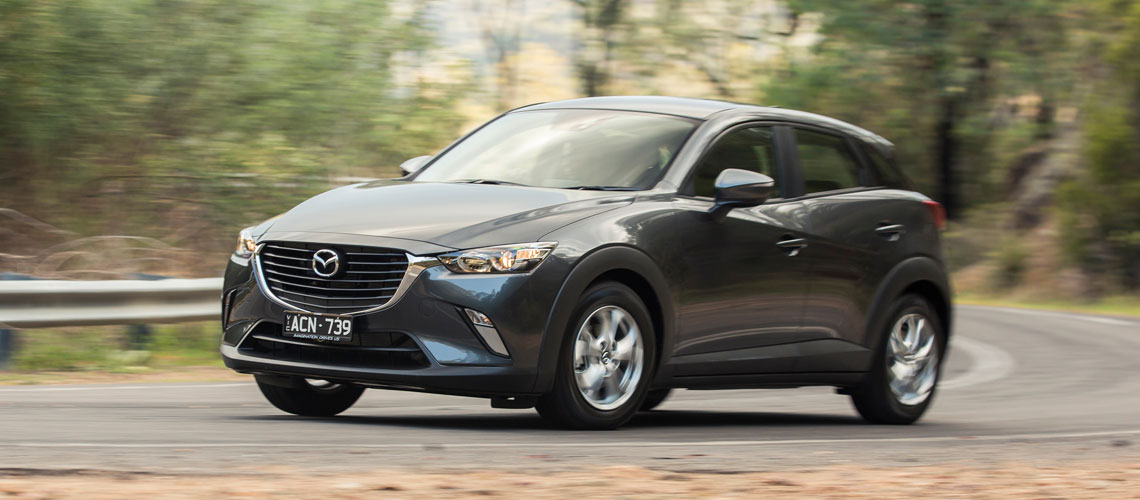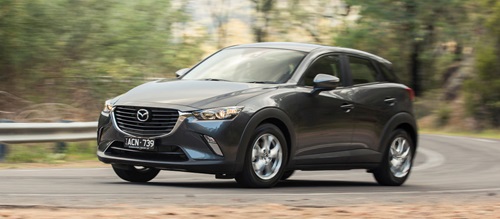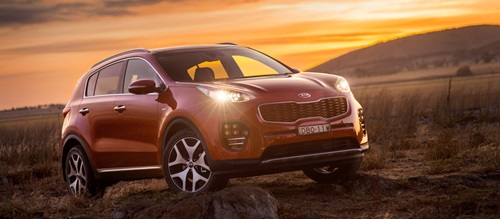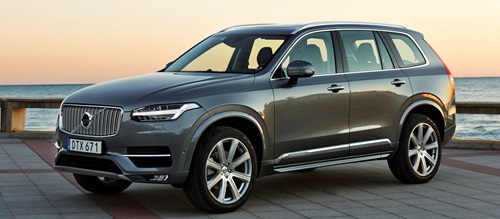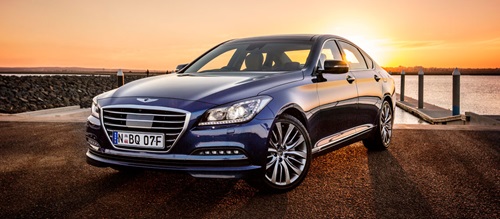Buyers can also select from the Skyactiv-G 2.0-Litre petrol engine (109kW, 192Nm) or Skyactiv-D 1.5-Litre turbo-diesel (77kW, 270Nm) and either front-wheel-drive or all-wheel-drive. Petrol FWD models have the option of a six-speed manual or, for an extra $2000, a six-speed auto. All other versions come with the auto gearbox only.
The strong and willing petrol engine has the wherewithal to cover the 0-100km/h sprint in less than nine seconds, although performance is not at the expense of fuel consumption, with the Maxx claiming an average of 6.1L/100km - more than 10% better than the other place-getters.
While the Mazda rides compliantly, it can become a little brittle over a succession of bumps, but it outpoints the competition for handling with impressive turn-in, balance and grip levels. Having just 1226kg to haul - as opposed to HR-V's 1366kg and Qashqai's 1408kg - obviously enhances CX-3 Maxx's athleticism and dynamism.
Comfort matches considerable style in the interior where occupants will find soft yet supportive seats and a modern, functional dash in front of them. And there is plenty of travel in the driver's seat slide adjustment to provide generous leg room.
Cargo space, though, at 264 litres, trails the HR-V's 437L and Qashqai's 430L considerably, all of which makes the storage room under the removable cargo floor more than handy.
Up-to-date connectivity extends to Mazda's new-generation MZD Connect advanced infotainment system with a seven-inch full-colour touch-screen and satellite-navigation standard on the Maxx, sTouring and Akari models. Tick the box also for a reversing camera on all bar the entry-level Neo.
So, it's well equipped, although not as comprehensively as the Honda, and it doesn't quite ride as nicely nor is it as spacious as the HR-V and the Qashqai. But in terms of just about everything else you could want from a small 2WD SUV, CX-3 Maxx is the best around.
Second: Honda HR-V VTi-S
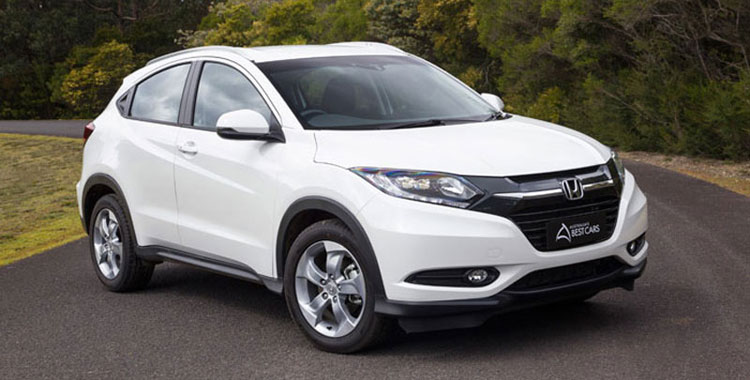
A genuine point of difference can make a car stand out in the pack, and Honda HR-V does just that with its Magic Seats, which have up to 18 load-carrying solutions.
The term succinctly describes a function that enables the seats to be easily adapted to four modes: Utility (rears folded to create more than 1000 litres of space), Tall (maximises floor-to-ceiling space), Long (rear on the passenger side folded/front passenger seat tilted all the way back) and Refresh (provides a comfortable, feet-up place for two people to relax while the car is stationary).
This unparalleled versatility complements HR-V's other outstanding attributes: class-leading safety and standard features which include LaneWatch blind-spot monitoring and City Brake-Active system. Using a camera with in-built laser radar, the latter operates at speeds between five and 32km/h to help mitigate the severity of low-speed crashes.
Also impressive is HR-V's overall driveability. Performance from the 1.8L petrol engine and CVT would readily meet the expectations of most buyers in this segment; ditto handling and ride.
Space is another commodity it's big on, with boot capacity totalling 437L.
Overall, Honda HR-V puts up a compelling argument as a smart buy.
Third: Nissan Qashqai ST
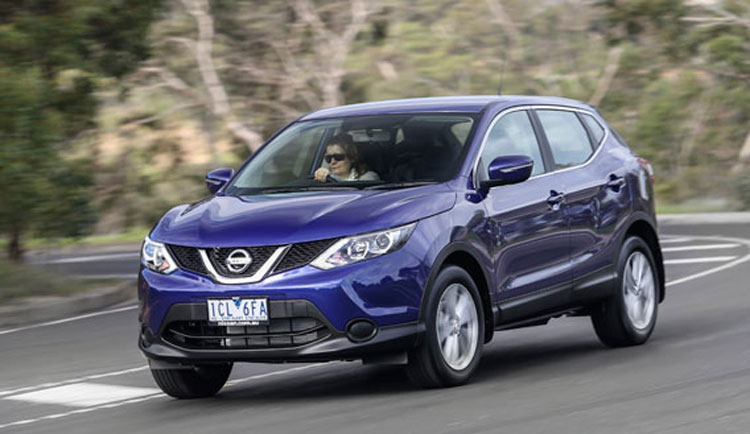
It might have gone from last year's winner to third, but Nissan Qashqai ST should remain very much on a buyer's short list.
For a start, while not as cheap to buy as Mazda CX-3 Maxx, Qashqai boasts low running costs and equal class-leading build and finish quality.
And with its Renault-sourced 2.0-litre petrol engine close to CX-3 on power and torque (106kW and 200Nm against the Mazda's 109 and 192), Qashqai delivers above-average performance.
It has accommodating seats with a commanding high position and user-friendly interior, a nicely controlled ride, competent handling and brakes that are the equal of the best in the class - it all contributes to the overall driving experience.
Inside, Qashqai qualifies as the 'space ship' of the segment with room aplenty for driver, passengers and cargo. Boot space, at 430L, is nearly line-ball with HR-V. The ability for under-floor space to be configured to create different-sized storage compartments for odds-and-ends adds to the Nissan's versatility.
So, like HR-V, Qashqai does 'big' and functionality well. As such, it would appeal to the buyer who doesn't subscribe to the suggestion that less really is more.







